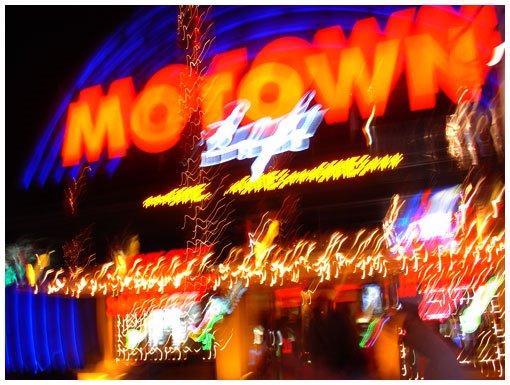
Berry Gordy, Jr. formed the Motown record company in 1959. Pop radio swept the nation in the 1950's and roots music black musicians struggled to keep their careers as whites profited from their counterparts' efforts. From past experiences in the music business, Gordy had found that he was unable to profit off of his productions when working for white-owned record companies and distributors. After discovering the young Smokey Robinson in 1957, he began to acquire local artists from Detroit in effort to create his own record label. Motown records quickly rose to a successful business. The company ran like a family enterprise; the songwriters, musicians, singers and producers all had close relationships with one another. No other record company could turn its humble, local origins into a mark of distinction and symbol of American culture like Motown. Otis Williams of the Temptations further expressed this emphasis of family by saying, "Joining Motown was more like being adopted by a big loving family than being hired by a company." The loyalty the Motown employees had to their goals and to each other was much stronger than would be found in a normal business. Gordy, of course, acted as the paternalistic figure in the company maintaining power over all others. Competition between artists and musicians was similar to sibling competition, and everyone made sacrifices for the label. With everyone's contributions to the company, Motown Records ran like a well-oiled machine. Like the Detroit motor companies' production of cars , Motown cranked out number one hits in an assembly-line fashion.
Perhaps the most important aspect of Motown is how it united a generation of Americans despite differences in race. The label's rejection of the division between "race records" and crossover music was made blatantly evident by the slogan adopted by the company, The Sound of Young America. Gordy's entire marketing strategy was based around the existence of one single, integrated youth market. Gordy realized that all teenagers, despite their race, worry about the same things: unrequited love, sex, relationships etc. Due to this realization, Gordy was able to market to youth united by generation rather than youth divided by race. Motown practiced integration in its employees and consumer market in effort to make actual integration a reality in America. In addition to Gordy's efforts of uniting Americans, he was also viewed locally somewhat as a hometown hero. He was employing Blacks in a time when their auto working jobs were moving out of Detroit into the suburbs.

For all of these reasons, it is evident that Motown holds a significant position in American culture. Each song found in this list of tracks contributes a small piece to Motown, thus contributing to America's national identity.




























